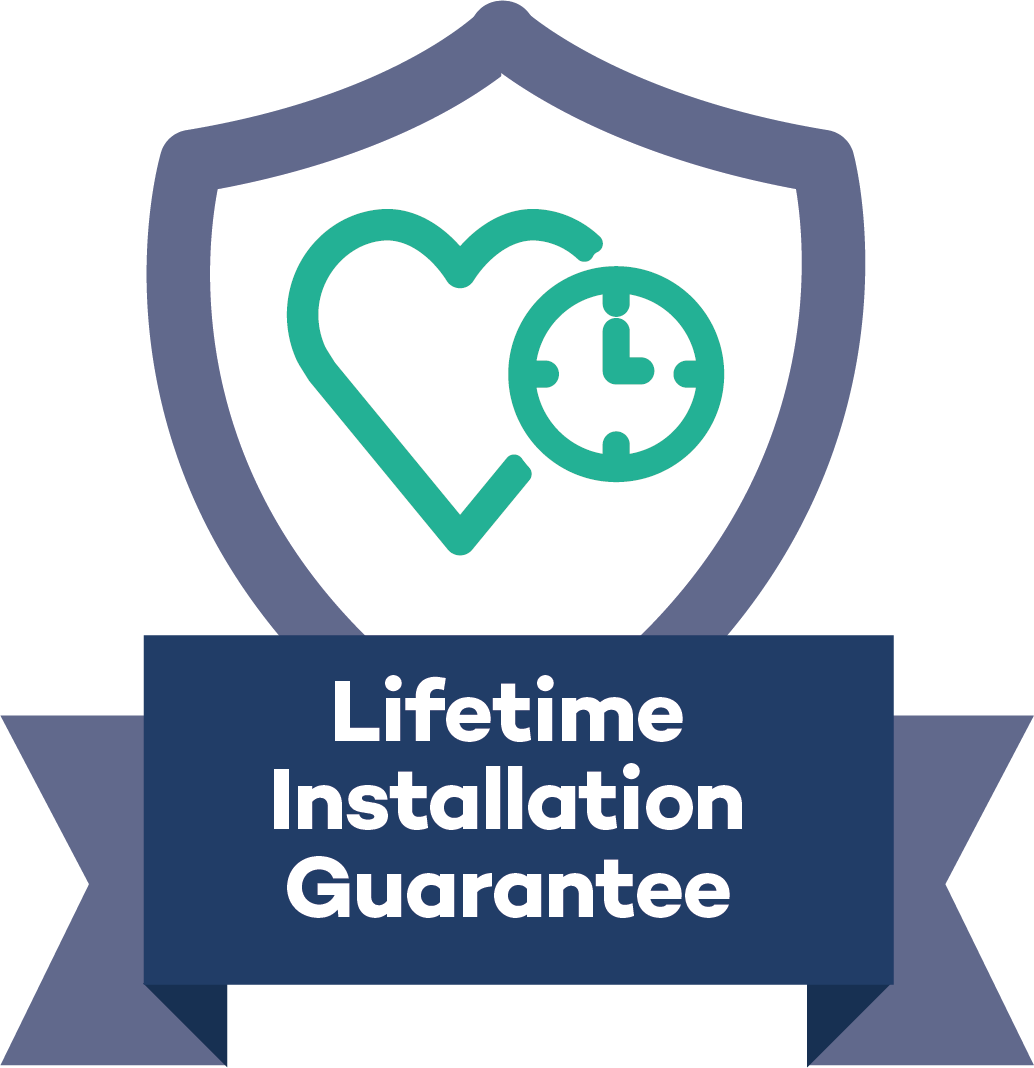Adapting a bathroom to accommodate individuals living with disabilities can significantly improve their quality of life, independence, and overall well-being. Research conducted in 2020 revealed that nearly one in four disabled individuals lacked a home that met their accessibility needs, with bathrooms being particularly challenging. In fact, disabled individuals were 22 times more likely to require assistance to use all parts of the bathroom during lockdowns compared to non-disabled individuals. Moreover, falls in the bathroom are more likely to result in injury than in any other part of the house. In this comprehensive guide, we will explore bathroom adaptation options to enhance safety, comfort, and convenience for individuals with disabilities.
Hands-Free Smart Toilets for Enhanced Hygiene and Accessibility
Conventional toilets can pose challenges for individuals with limited mobility or weak hand grip. Smart toilets offer an innovative solution by eliminating difficulties related to bending, twisting, and personal hygiene. These toilets feature accessible controls, warm water streams, and warm air for thorough cleaning and drying. They can also be adjusted to a more comfortable height, reducing pressure on the knees and joints, and making sitting and standing easier. Consider installing grab rails or drop-down rails near the toilet to provide additional support.
Bath Lifts for Comfortable Bathing
Many individuals prefer the luxury of a warm bath, which offers both physical and psychological benefits. Bath lifts, such as the Hydrolift from EA Mobility, are ideal additions to existing baths. Powered by rechargeable batteries and requiring no electrical connections, these lifts can be operated using a unit button or a handheld control. They feature safety seats and non-slip lifting belts to facilitate easy transfers. After use, the lifts can be removed, restoring the bathroom to its original state. Bath lifts are highly beneficial for individuals with reduced body strength or stiff joints and offer an economical option.
Low-Level Access Showers for Accessibility and Safety
Conventional showers can present difficulties for individuals with limited mobility. Standard shower trays are raised and have deep lips, making access challenging. Low-level access showers, on the other hand, are nearly level with the bathroom floor and feature a lip of 10mm or less, ensuring wheelchair accessibility without assistance. While some structural modifications may be necessary for drainage, these showers have the same or even smaller footprint compared to traditional showers or baths. Additionally, they can be equipped with carer-height shower screens to facilitate easy assistance and prevent water splashing.
The Advantages of Wet Rooms
Wet rooms provide both a luxurious and practical solution for accessible bathrooms. In a wet room, the floor slopes to direct water to a built-in drain and is sealed with waterproofing and non-slip flooring. The absence of shower trays or doors ensures easy access for individuals with mobility limitations.
Wet rooms offer several benefits
- Easy maintenance without the risk of leaks
- Hygienic surfaces without grout lines for bacteria growth
- Versatility to fit any bathroom size or shape
- High-impact bathroom design options that increase the value of your home
- Non-slip flooring to reduce the risk of injuries even when wet
Expert Assistance for Tailored Solutions
When adapting a bathroom for individuals with disabilities, it’s crucial to seek expert guidance and solutions tailored to their unique needs. EA Mobility, a leading provider of bathroom adaptations, offers years of expertise and a wide selection of solutions specifically designed to meet individual requirements. The company’sTheir goal is to create a functional and aesthetically pleasing mobility bathroom, ensuring ease and comfort.
To learn more about the available bathroom adaptation options or to request a free brochure, visit eamobility.com or call 0808 281 2665


